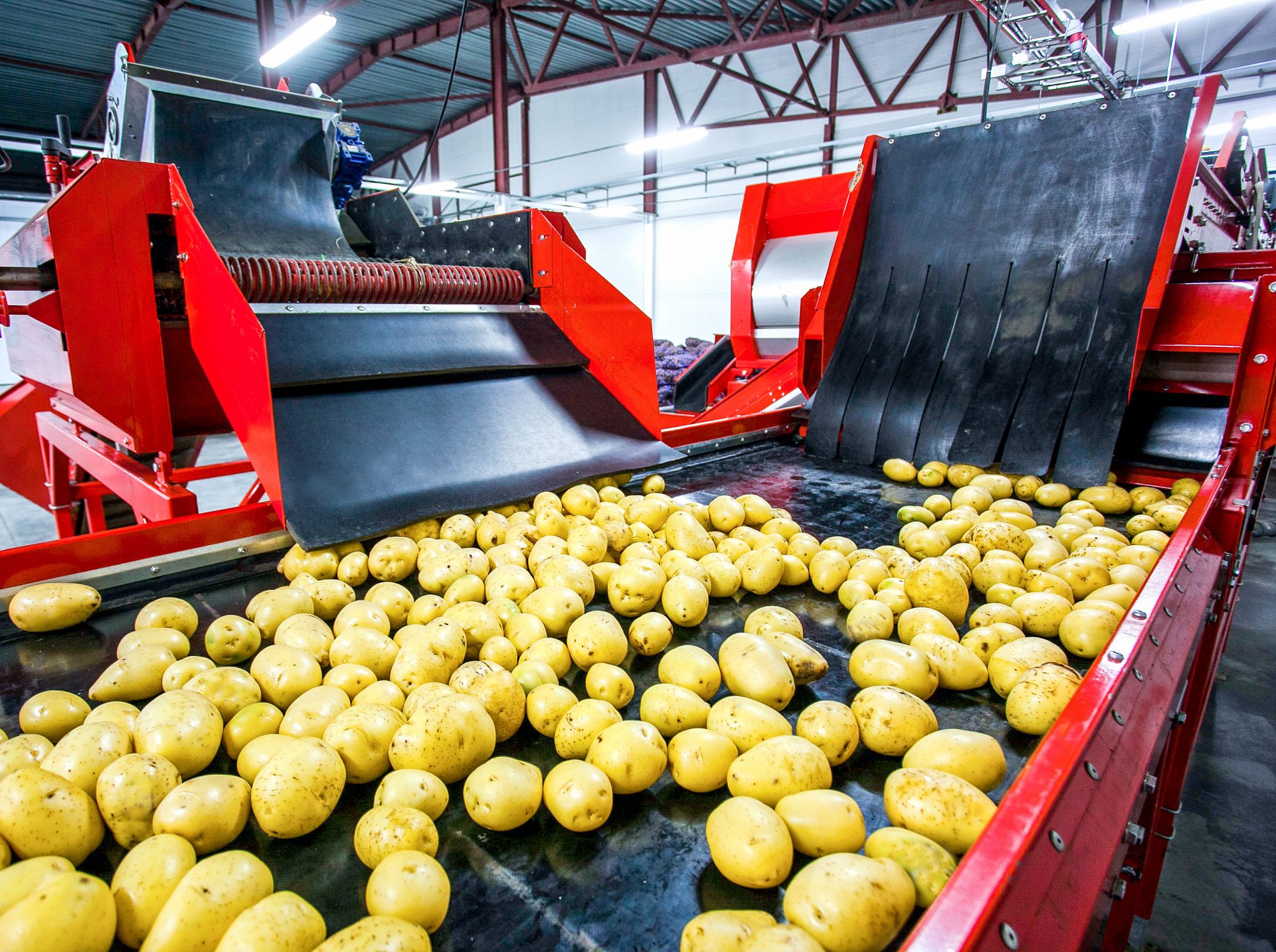A previous blog post provided a-step-by-step approach to developing a Food Fraud Vulnerability Assessment. For this month’s post, we introduce new resources and give you tips to train your team and satisfy the SQF code’s food fraud control requirements.
One easy way to meet SQF food fraud audit expectations is to create a register of raw materials and ingredients from your bill of materials. You may use or edit your existing raw material specification register towards this goal.
The objective of the risk study is to determine whether the domestic or imported ingredients you source are at risk of food fraud. In other words, are they being substituted by a cheaper edible material or even a non-food grade filler? Are fluid ingredients diluted with water or with more economical liquids? Are they counterfeit or mislabeled for economic gain (claiming organic or product-of-designed- origin status)?

One way to apply a low, medium or high food fraud risk rating to an ingredient, or group of similar ingredients, is to research the number of occurrences of food fraud incidents linked to that material. This can be achieved by performing a Google search or a more advanced Google Scholar search which will help you research articles online. Alternatively, information may be gathered directly from food fraud databases such as Trello or Decernis. When gathering information, consider all reports of food fraud activity such as known incidents and inference reports (food fraud surveillance reports released by governments and other organizations).
If using a risk metric for the assessment, you may calculate the frequency of published incidents and link that number to a risk rating. For instance, the following criteria may be applied: one report of food fraud may count towards a “low” food fraud risk rating while “one-to five reports may signify that the material is at ‘medium’ risk of being diluted. Over 5 food fraud reports may indicate a high risk of substitution.
Taking Action Against Food Fraud Vulnerability
Once a risk rating is mapped to an ingredient, a mitigation plan must be developed to control the risk. Control measures should target high and medium risk ingredients. Mitigation may involve testing the material to ensure purity and safety, requesting food safety guarantees from the supplier, considering the country of origin, shortening the supply chain by eliminating intermediaries and buying products directly from primary producers or close to the farm.
Your food fraud mitigation program must also incorporate a strong training component.
The SSAFE questionnaire provides an exhaustive list of key points to examine, and guides the development of a food fraud mitigation plan. The database invites you to review and answer the following three questions:
-
What are the opportunities for suppliers to commit food fraud? Items to consider:
- Transformed/industrial ingredients versus simple raw materials
- Acquisition of specific knowledge or technology to commit fraud
- Simple or complex supply chains, transparent transactions, supplier accountability
- Existing incidents of food fraud for your ingredients or/and finished goods
-
What is the level of motivation to commit food fraud?
- Lack of ethical business culture along the supply chain
- Ingredient price fluctuations, food supply shortages
- Country of origin of the food has an history of corruption
- Economic health of your suppliers
-
Do your internal policies and processes offer protection to the consumer? Does your business maintain the following programs?
- Food Fraud Vulnerability Plan and Mitigation Plan
- Testing program for materials and finished goods
- Supplier approval/verification activities
- Mass balance flows, tracing/traceability programs
- Food safety certification
- Ethical sourcing policies


